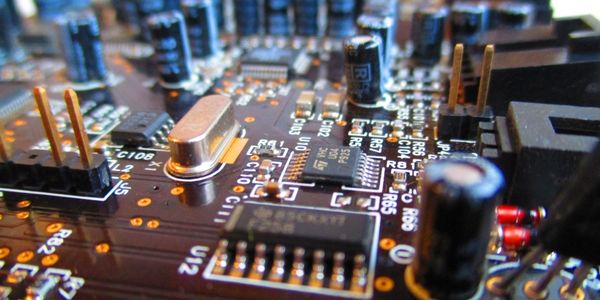Customer Company Size
Large Corporate
Region
- America
- Asia
Country
- United States
- Japan
Product
- COMSOL Multiphysics®
Tech Stack
- Numerical Simulation
- COMSOL Multiphysics®
Implementation Scale
- Enterprise-wide Deployment
Impact Metrics
- Productivity Improvements
- Energy Saving
- Innovation Output
Technology Category
- Analytics & Modeling - Predictive Analytics
- Analytics & Modeling - Real Time Analytics
- Application Infrastructure & Middleware - Data Visualization
Applicable Industries
- Electronics
- Automotive
Applicable Functions
- Product Research & Development
- Quality Assurance
Use Cases
- Predictive Maintenance
- Energy Management System
Services
- Software Design & Engineering Services
- System Integration
About The Customer
Konica Minolta, Inc. is a global leader in the development of cutting-edge devices for imaging and optics, including OLEDs. The company collaborates with leading universities in Japan to advance its research and development efforts. The Konica Minolta Laboratory USA, located in San Mateo, CA, is a key player in this endeavor, with a team of researchers dedicated to improving OLED designs through numerical simulation and other advanced techniques. The laboratory's work is crucial in addressing the limitations of OLED technology and meeting the growing demand for more efficient and brighter lighting solutions.
The Challenge
OLEDs, despite their advantages, suffer from significant light loss and energy inefficiency. Researchers at Konica Minolta are working to address these issues by understanding and mitigating the complex plasmon coupling phenomenon, which accounts for 40% of the light lost in OLEDs. This phenomenon involves the interaction of light with surface plasmons at the interface between the cathode and the organic material, leading to energy dissipation as heat. The challenge is to find ways to reduce these losses and improve the overall efficiency and brightness of OLEDs.
The Solution
The team at Konica Minolta Laboratory USA, led by senior researcher Leiming Wang, utilized numerical simulation in COMSOL Multiphysics® software to analyze and address light-loss mechanisms in OLEDs. They focused on the coupling of dipole emission with surface plasmons at the cathode-organic material interface, which leads to significant energy loss. By modeling light emission and surface plasmon polaritons (SPPs), they explored various cathode structures, including a nanograting design, to disrupt the formation of SPPs and reduce energy coupling. The simulations revealed that the optimized nanostructure surface for the cathode could reduce plasmon losses by 50%, significantly improving the efficiency and brightness of OLEDs. The versatility and user-friendliness of COMSOL Multiphysics® allowed the team to perform comprehensive simulations, including postprocessing data and incorporating wavelength-dependent optical properties, to achieve these results.
Operational Impact
Quantitative Benefit

Case Study missing?
Start adding your own!
Register with your work email and create a new case study profile for your business.













